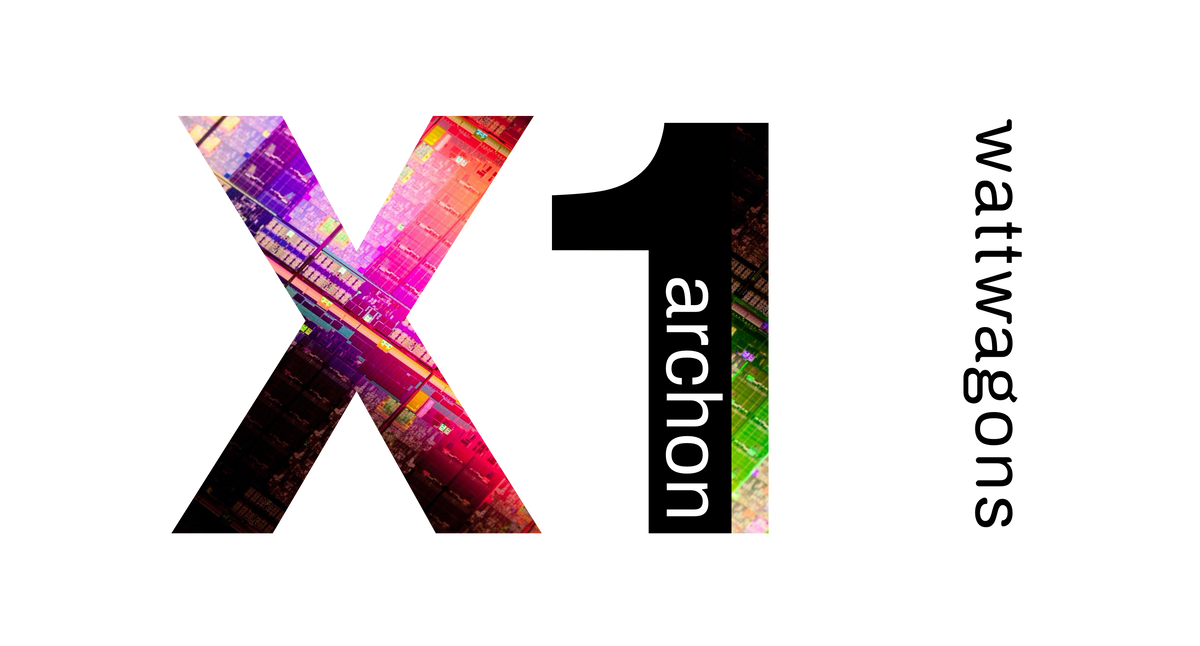Without a Dyno, a graph is just a graph. I would be interested if you could share some of the sources of that data and how it was tested.
It may be also good to understand what is a sampling frequency and what are the factors being sampled?
I have been doing in-depth analysis of Bosch and even I can't find what is being sampled and what method is used for sampling the torque, cadence and speed.
If I had that kind of understanding of the circuitry, I can produce a controller on my own without depending on anyone.
I have 3-4 years of experience dealing with M99 Pro on the ST2-S and it is an excellent light but it does not have motion sensors.
The M99 Pro light uses CAN bus communication protocol to know when the bike is speeding up or slowing down. This has to be done right to be able to use that feature.
Bosch uses CAN protocol but that is not the case with Bafang Ultra. Using this CAN protocol to relay the bike speed ad aligning all the right connectors is not a trivial thing.
View attachment 56387
If the CAN communication protocol is not wired in and configured properly then the light has no way of receiving information that the bike is not moving. The light has ambient sensors as shown below but there are no motion sensors in the light. There are not gyroscope sensors either. Light receives the information abut movement via CAN bus supply.
Even on the Stromer ST2-S, the sensor worked for switching between DRL to low-beam but they used to incorporate the high-low switch to their existing board by re configuring their firmware.
I hope it works out for you. If done right, it can be configured to work well.
View attachment 56388
View attachment 56390


